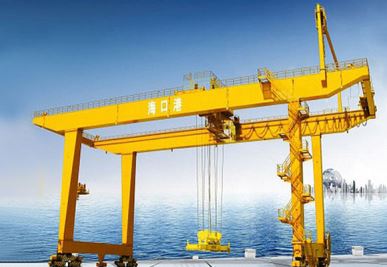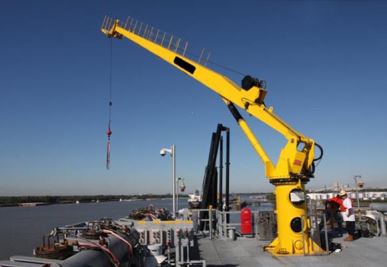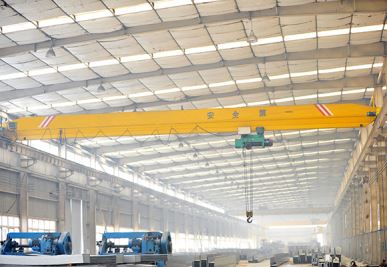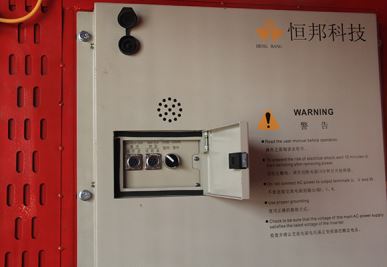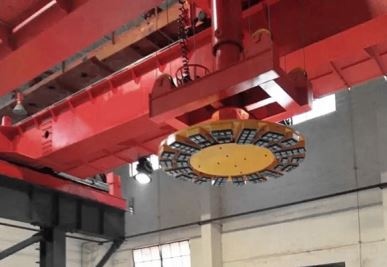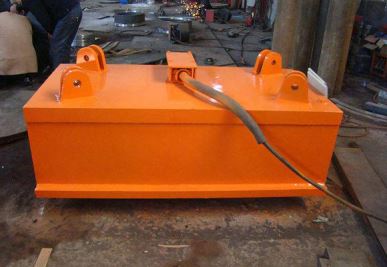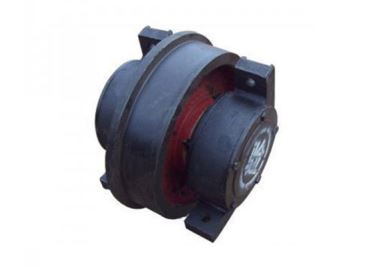Rail Mounted Container Gantry Crane
Rail mounted container gantry crane (RMG crane) is mainly used to load, unload, move and stack containers in railway transship fields and large container storage yards. It is constituted by main girder, rigid and flexible outriggers, trolley travel...
Rail Mounted Container Gantry Crane
Description
Rail mounted container gantry crane (RMG crane) is mainly used to load, unload, move and stack containers in railway transship fields and large container storage yards. It is constituted by main girder, rigid and flexible outriggers, trolley travel mechanism, lifting mechanism, crane travel mechanism, electric system and operation cab.
This rail mounted container gantry crane can be 3 kinds based on operating type in storage yards: whose girders outreach at the direction of the single outrigger is called single cantilever crane and at the direction of the double outrigger is called double cantilever crane, and whose girders do not outreach is called non-cantilever crane. Users can choose different types depending on the different demands of yards, storage and transport ways of containers and vehicles (trucks or railway vehicles).
Features
1. Low lifting speed because of low lifting height. High crane traveling speed fits the requirement of the long-track containers storage yards' productivity. The spreader would go over the fourth/fifth container layer when the stack of containers is three/four layer and its lifting height depends on the requirements of storage yards
2. The trolley traveling speed depends on the span and the outreaching distance of both sides of the bridge. In the case of the span and outreaching distance is short, smaller trolley traveling speed and the productivity is advisable; otherwise, the trolley traveling speed could be accordingly increased to meet productivity requirement.
When the span is over 40 meters, the crane mechanism travels in a high speed, and both sides of outriggers would deviate because of the drag on each side is different. So there is a stabilizer equipped on this crane and electric system would keep both sides of traveling mechanisms synchronous.
4. Electrical drive-control system adopts thyristor speed regulating drive AC or DC control system to meet the higher need and accomplish a better performance of speed regulating and control. Or it adopts conventional AC eddy current speed regulating control system and AC stator voltage and speed regulating drive control system.
An electric braking that equipped with thyristor speed regulating drive AC or DC control system or AC stator voltage and speed regulating drive control system is usually used as the electric control system of a high speed crane traveling mechanism. Conventional AC eddy current speed regulating drive control system which depends on the brakes to shut down traveling mechanisms should be avoided in order to prevent the huge impact to whole crane.
Specification
Technical Specifications | |||
| Lifting Capacity (t) | 35 | 40.5 | |
Span (m) | 30 | 22 | |
Lifting Height (m) | 16 | 12.3 | |
Work Duty | A6 | A7 | |
Containers Model | 20′40′45′ | ||
Speed (m/min) | Lifting | 0~10 | 10~18 |
Trolley Traveling | 3.4~34 | 40 | |
Crane Traveling | 2.9~29 | 45 | |
Rotation(r/min) |
| 1.35 | |
Recommended Rail | P43 | QU70 | |
Power | 3 Phase,AC, 380V, 50Hz | ||



